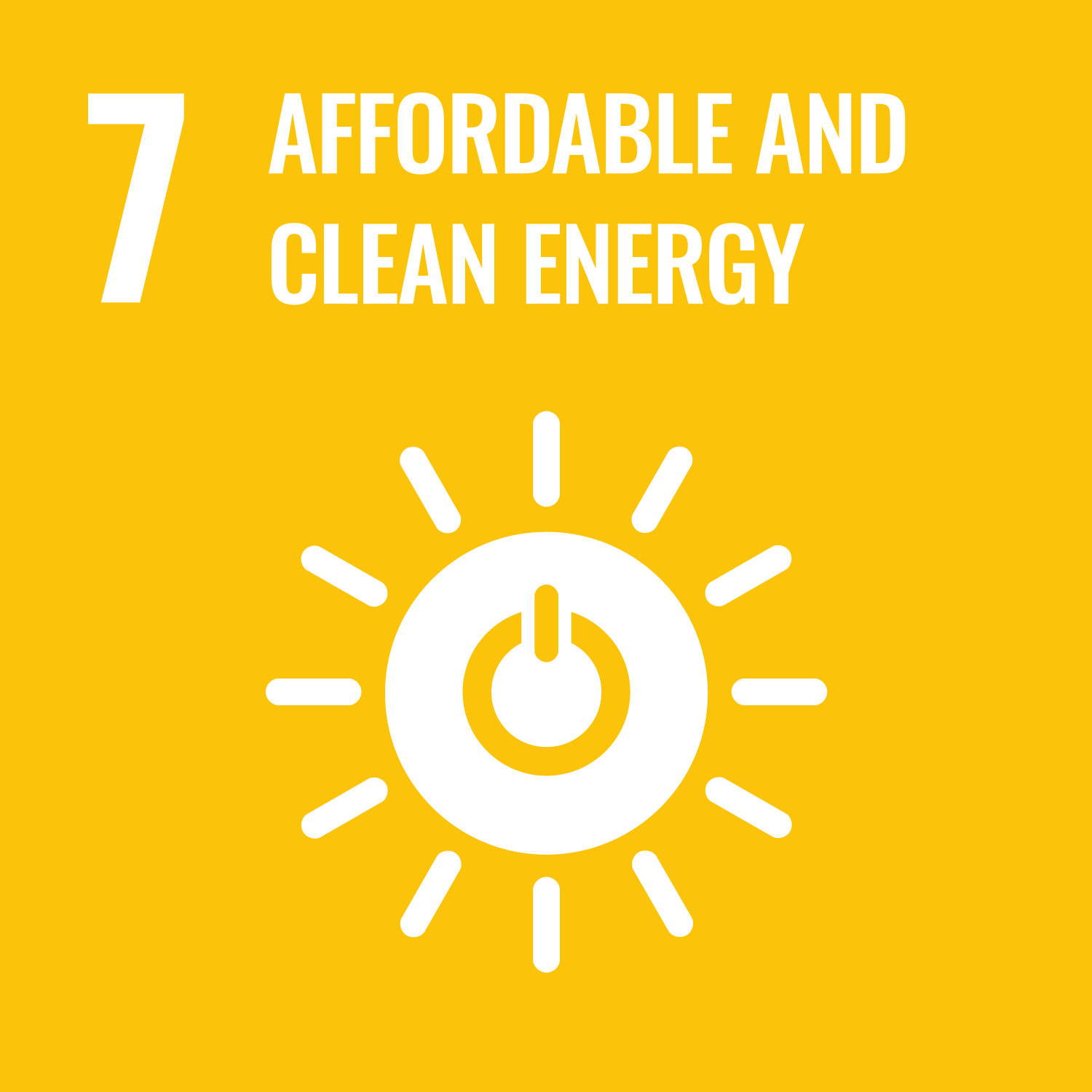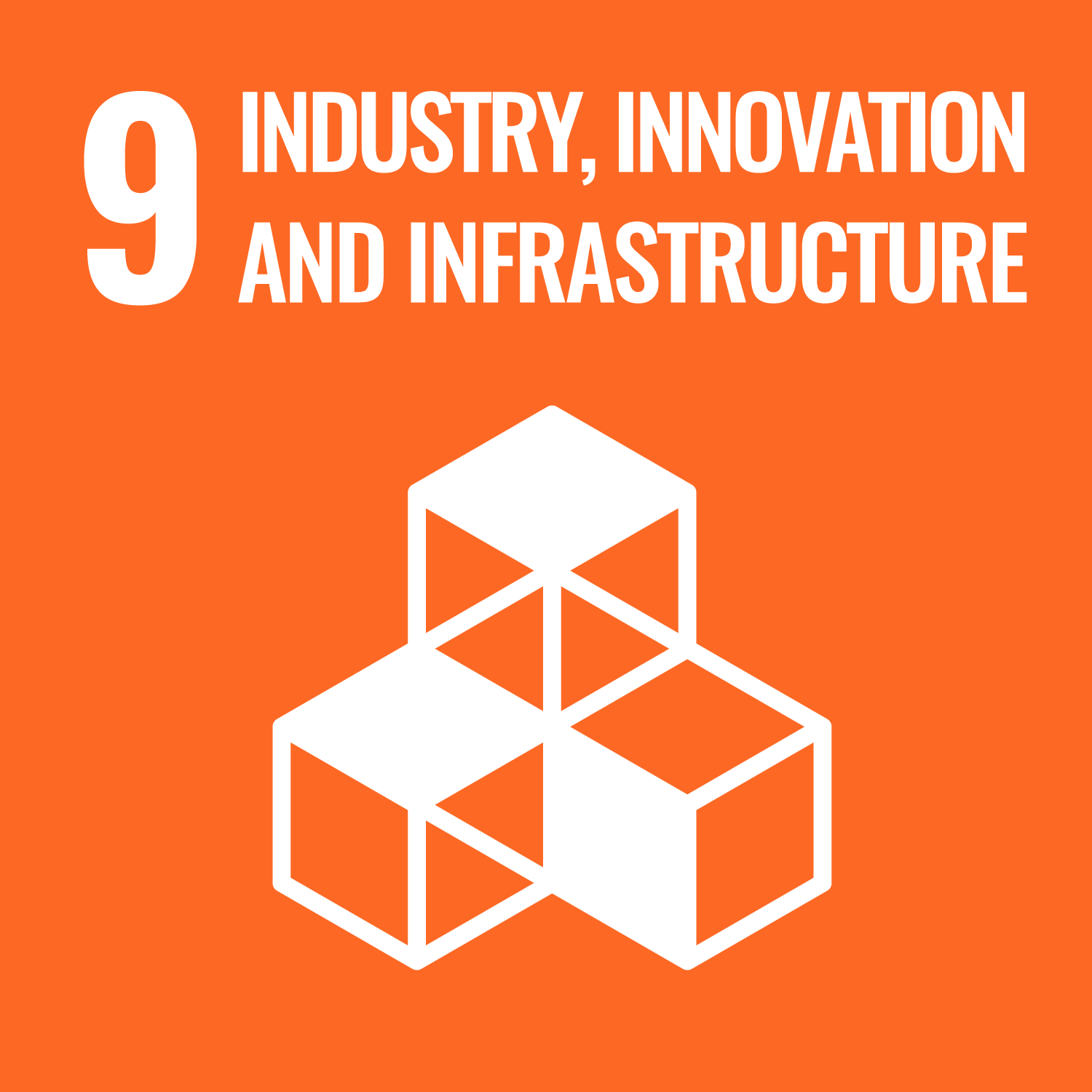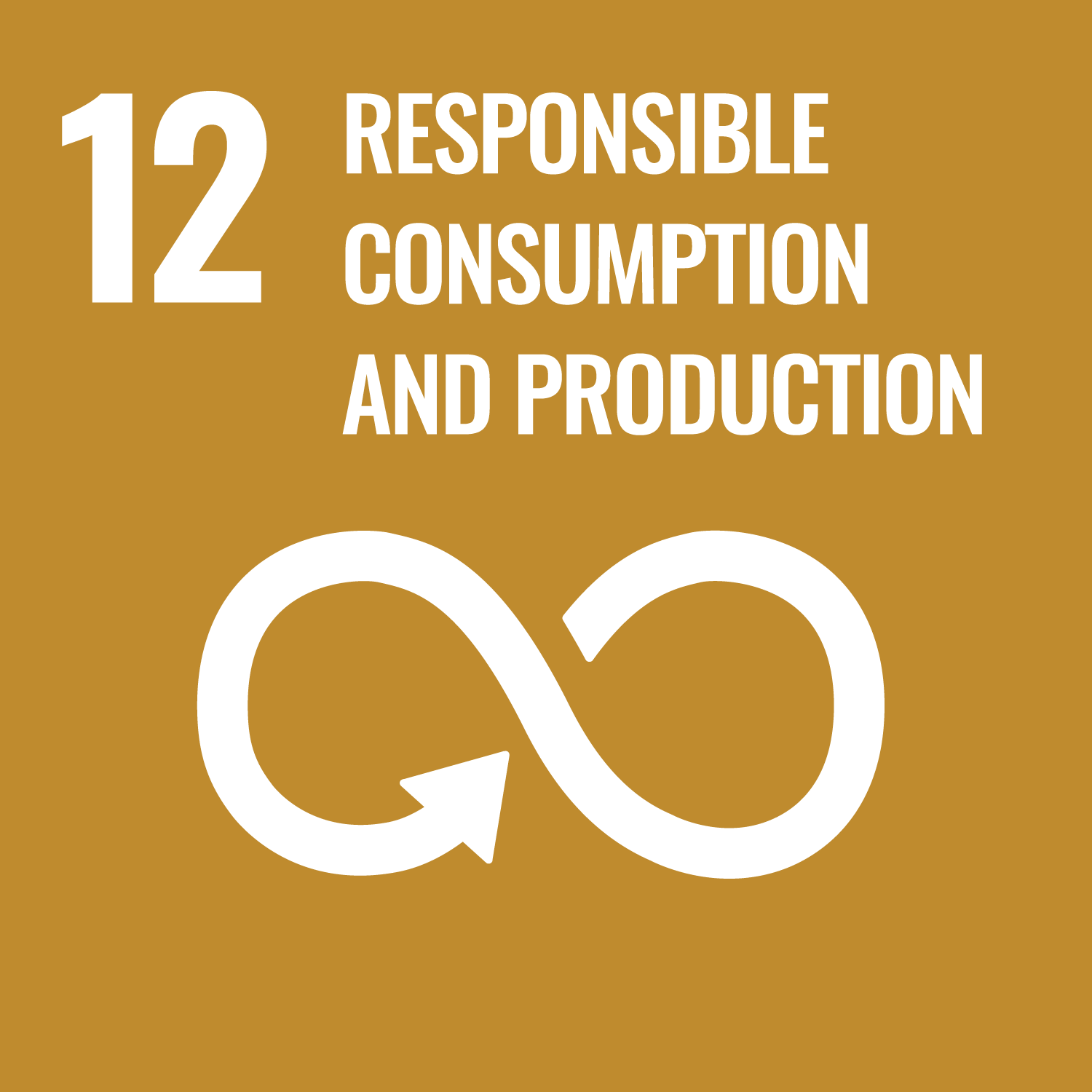ORCID
- Katie L. Jones: 0000-0002-5999-8472
- Giuliano M. Laudone: 0000-0001-6966-1163
Abstract
In nuclear graphite, the wide range of void sizes precludes a full characterisation of pore volume by means of a single technique. A novel multi-technique approach, consisting of pycnometry, low pressure gas adsorption and mercury porosimetry is presented. The approach is validated for two nuclear-grade graphites designed for use in Generation IV nuclear reactors, namely IG-110 and IG-430. Damage and deformation caused to the structure of the graphite by mercury intrusion is estimated by consecutive intrusion experiments. The damage is assumed to be caused by the highest applied pressures of mercury. It is compensated by substituting that part of the percolation curve with one derived from adsorption measurements. The various measurements are inverse modelled in a way which intelligently bridges the size gap between the techniques. The resulting complete non-hierarchical pore structure covers sizes spanning 4 orders of magnitude. The new approach resolves the long standing issues associated with performing porosimetry on graphitic samples, and fills the gap in knowledge for the assessment of multilevel porosity within graphite. As an example of the possible applications of the resulting void network structure, we calculated the air network flow capacity, related to absolute permeability, for the two graphite samples.
DOI Link
Publication Date
2018-01-01
Publication Title
Carbon
Volume
128
ISSN
0008-6223
Acceptance Date
2017-11-25
Deposit Date
2024-06-04
Embargo Period
2019-11-28
Additional Links
Keywords
Nuclear graphite, Analytical chemistry, Materials, Energy, Characterisation
Creative Commons License

This work is licensed under a Creative Commons Attribution-NonCommercial-No Derivative Works 4.0 International License.
First Page
1
Last Page
11
Recommended Citation
Jones, K., Laudone, G., & Matthews, G. (2018) 'A multi-technique experimental and modelling study of the porous structure of IG-110 and IG-430 nuclear graphite', Carbon, 128, pp. 1-11. Available at: 10.1016/j.carbon.2017.11.076




